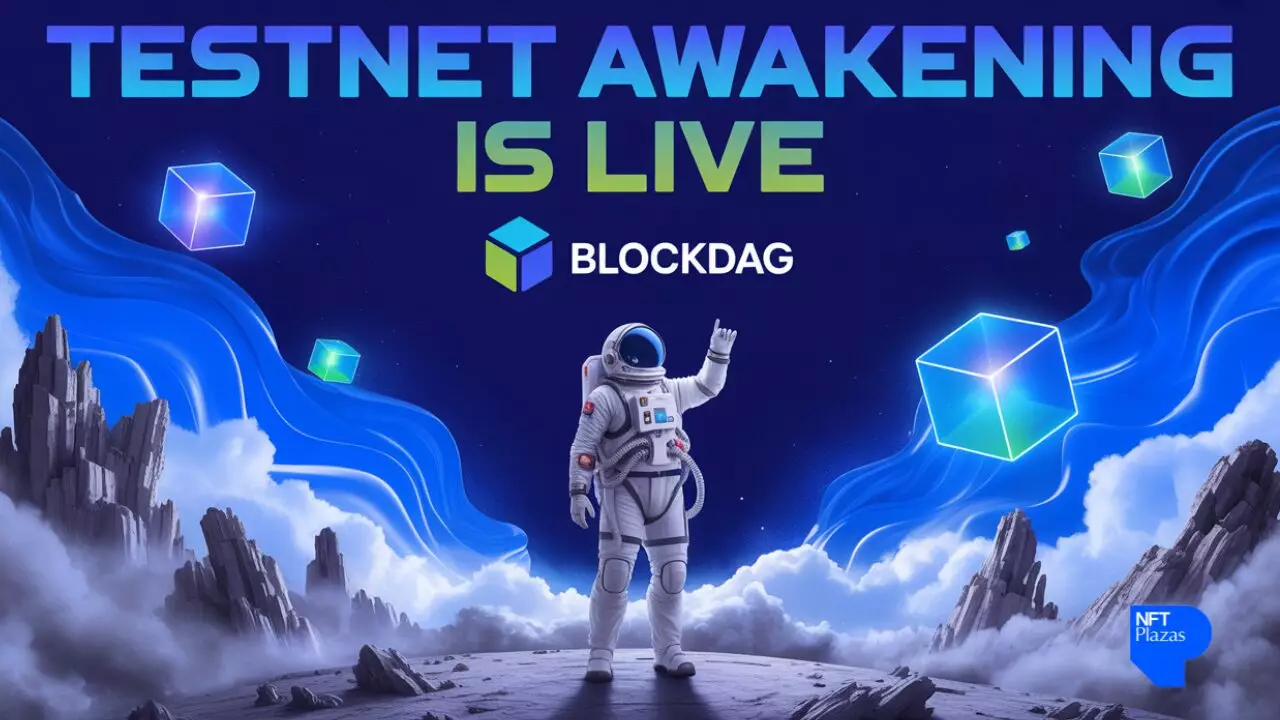2025 has marked a pivotal year in the cryptocurrency landscape, as investors increasingly turn their gaze beyond traditional assets like Bitcoin and Ethereum. The recent proliferation of securities like the SOL, LTC, and HBAR ETFs signals a transformative shift—one that could either stabilize or destabilize the market depending on how these instruments are managed. What’s striking is not just the diversification but the boldness of this move toward mainstream financial products. While proponents argue that these ETFs foster liquidity and accessibility, critics warn that they could sow confusion and heighten systemic risk among unsuspecting retail investors.
The growing popularity of these alternative assets underscores a crucial point: the crypto ecosystem is no longer a peripheral experiment but a serious contender within global financial markets. By packaging altcoins into ETFs, financial institutions are attempting to legitimize what was once regarded as volatile and speculative. Yet, the question remains—are these truly safe gateways for ordinary investors, or are they veering into dangerous waters, enticing everyone with promises of quick gains while masking underlying fragility?
The Promise and Pitfalls of DeFi Innovations
Another noteworthy development is the rise of innovative DeFi platforms, such as Euler’s modular engine or Meteora’s infrastructure for Solana. These projects reflect a maturing sector—moving from hype-driven startups to vital components of an evolving financial ecosystem. The ambition behind these protocols is genuine: to create more scalable, flexible, and efficient decentralized systems that can challenge traditional finance. However, the rapid expansion also exposes vulnerabilities, as seen with projects like KDA collapsing by over 60% after an abrupt shutdown announcement. Such events highlight how untested and fragile this new financial frontier can be, often driven more by hype than by fundamental robustness.
The enthusiasm for Layer 1 solutions and interoperable platforms like Enso, Monad, and Morpho suggests a desire to solve blockchain’s trilemma—security, scalability, and decentralization. Yet, these lofty goals are complicated by the ruthless reality that many of these projects are still unproven. For every success story, there are numerous failures and rug pulls that caution investors to remain vigilant. Ultimately, the sector’s push toward stronger infrastructure and innovative platforms is commendable, but whether these advances will translate into sustainable growth or merely speculative bubbles remains to be seen.
Market Dynamics and Regulatory Uncertainty
The macroeconomic backdrop further complicates the picture. Federal Reserve policies hint at imminent rate cuts, but the ambiguity surrounding 2026 leaves markets in a precarious state of anticipation. Meanwhile, traditional financial giants like Citi Bank projecting stablecoins could balloon to $3.7 trillion by the decade’s end demonstrate a growing acknowledgment of crypto’s inevitable integration into mainstream finance. This convergence is double-edged; it brings legitimacy but also invites greater scrutiny and regulation—forces that could either stabilize or strangulate the burgeoning ecosystem.
Meanwhile, the dichotomy between Bitcoin (at $112K) and Ethereum ($4200) suggests that the market is primed for dramatic short squeezes, which could blindside even seasoned traders. Such volatility is emblematic of an industry still grappling with its identity—a blend of revolutionary potential and reckless speculation. Underpinning all these developments is a central question: do these innovations serve genuine financial needs or are they merely creating new avenues for greed and artificial hype?
As these headlines paint a picture of a tumultuous yet exciting era, one thing is clear: investors riding this wave must exercise discernment amid the chaos. The trajectory of these emerging assets and platforms hinges on a delicate balance—between innovative growth and fundamental stability—and only time will tell which side wins.

